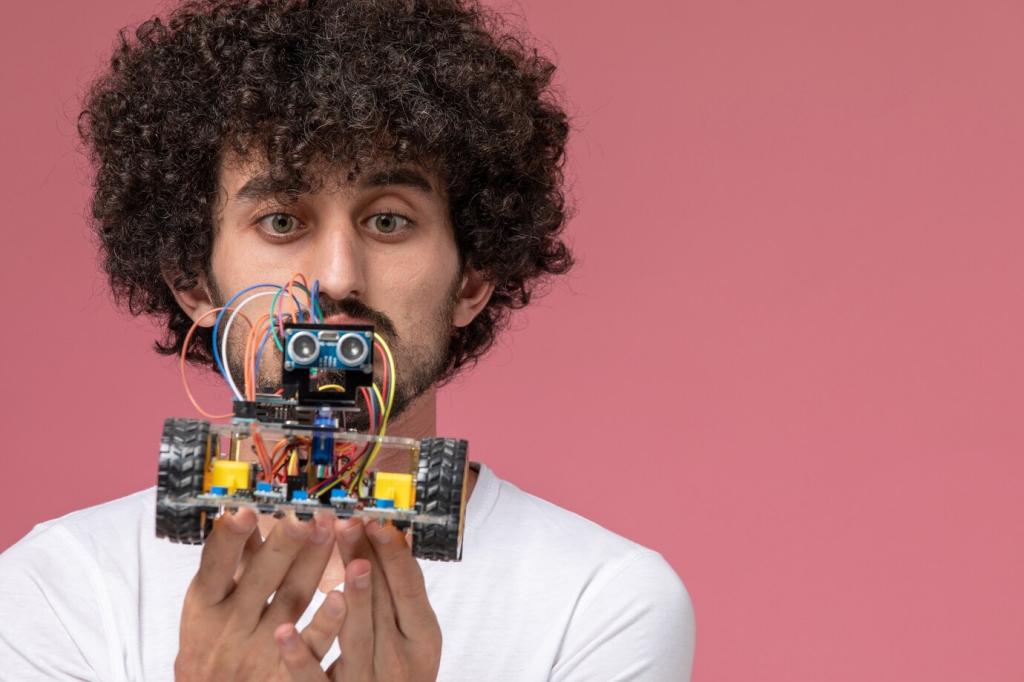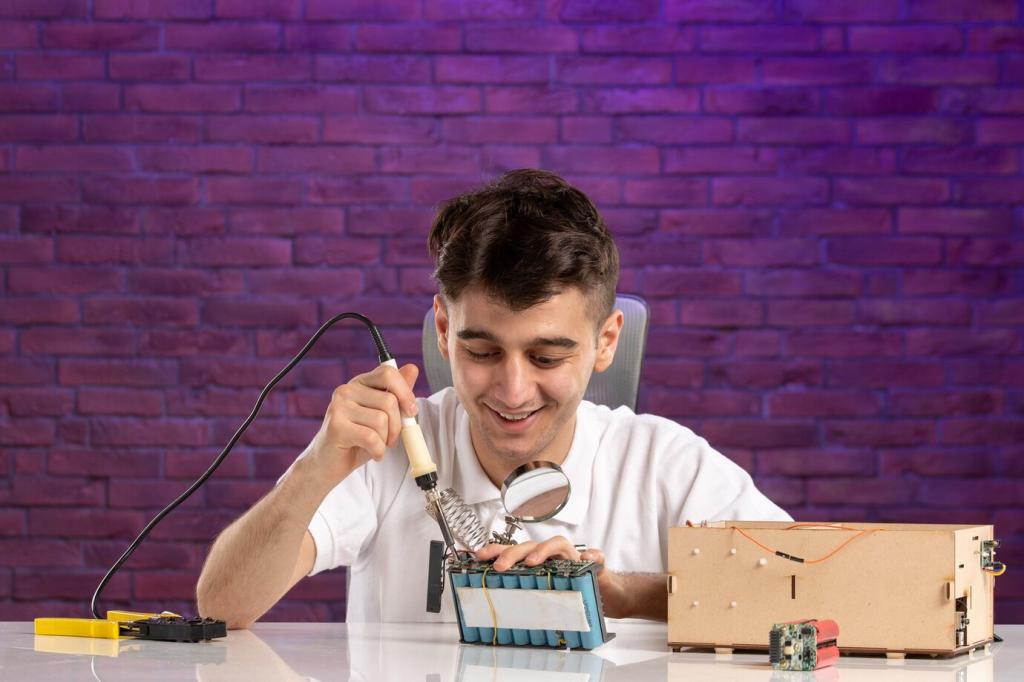Start Here: Components and Mindset for Arduino Sensor Success
Begin with forgiving, low-cost sensors like the DHT11 for humidity and temperature, an LDR for light, or the HC-SR04 for distance. They wire easily, have abundant examples, and reward beginners with instant, confidence-building feedback.
Start Here: Components and Mindset for Arduino Sensor Success
Use color-coded jumper wires, keep power rails consistent, and add resistors where needed, especially with LEDs and dividers. Double-check polarity, avoid pushing components too tightly, and photograph your layout to compare against diagrams while troubleshooting calmly.



